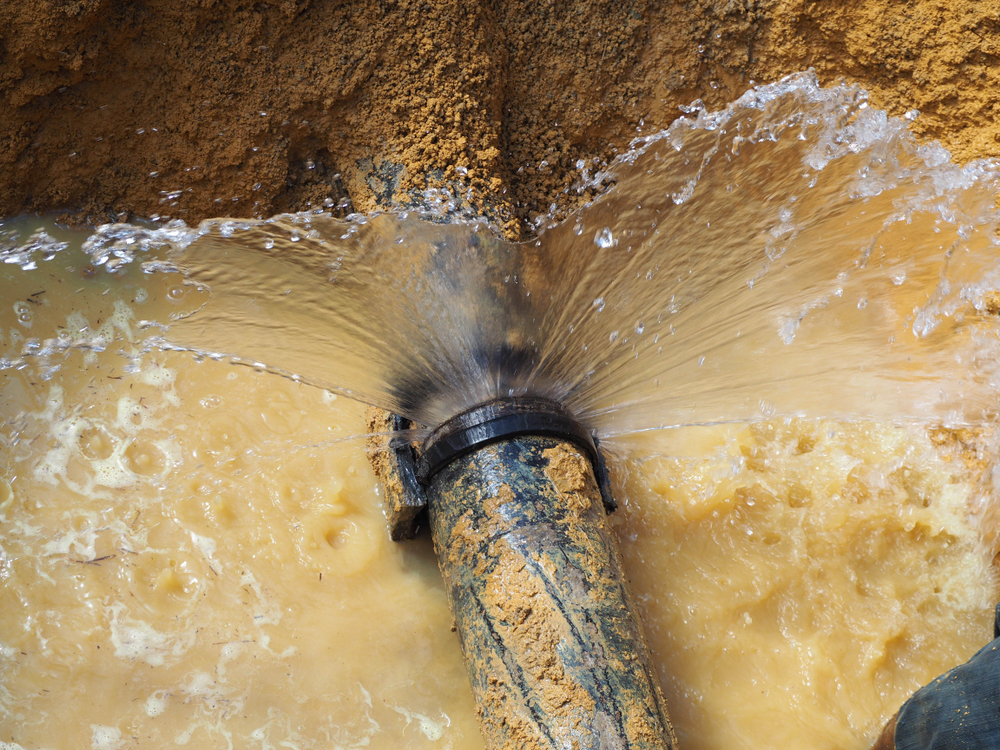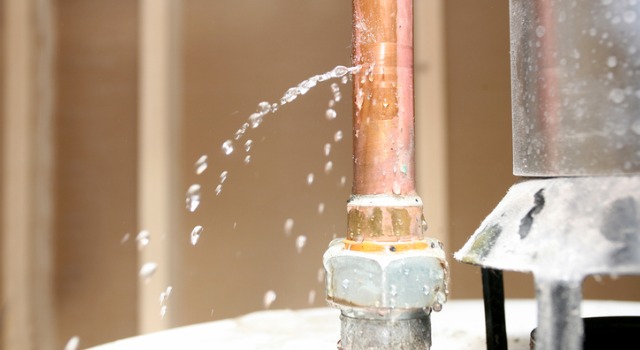Understanding Routine Septic Tank Maintenance: Everything You Should Know
Understanding Routine Septic Tank Maintenance: Everything You Should Know
Blog Article
This post down below about The Do’s And Don’ts When Water Floods Your Home is relatively stimulating. Have a go and draw your own personal findings.

What should you do if a water pipe bursts in your residence, developing a mini-waterfall and flooding a location of your residence? In this scenario, you should act quick. The longer you wait, the extra severe the water damage in your building. When an emergency similar to this takes place, presence of mind is key. For these reasons, you need to learn what to in case of a burst water pipe. Since time is of the significance, examine out the complying with pointers listed below to aid you act fast.
Shut down the Key Waterline Shutoff
The first thing you need to do is close the shut-off valve. Search for the local shut-off shutoff to turn-off water in one certain area just. If you do not know where the local shut-off shutoff to the fixture is, you have to turn-off the main waterline shutoff. This will remove the water in your entire home. Typically, the main shutoff is located outside the house next to the water meter. If it's not there, you can also locate it in the cellar at an eye-level or it could be in the 1st floor on the ground. Usually, contractors yet the shut-off valve in the main ground degree washroom or ideal beside it.
Call Water Damage Remediation Pros for Aid
After closing the water source, call the pros for aid. This is not something you can easily DIY due to the fact that they need to fix the pipes and also attend to the damages to your property. Look for assistance from a reliable firm providing 24/7 emergency solutions. With their professional help, you can alleviate exacerbation due to the fact that water can leak via your things resulting in distorted baseboards, loosened tiles, or damage framework. Don't take this trouble lightly and also look for profession support for complete comfort.
Paper the Damage For Insurance coverage
As you are waiting for the pros to arrive, document the damages created by the errant pipe. Remaining aggressive with this permits you to file an insurance claim for insurance coverage, which will certainly help you as well as your household obtain back on your feet.
Salvage Things That Can Be Saved
As soon as you're done taking images, peruse the items as well as secure one of the most important ones from the pile. Dry them off and also attempt to preserve as much as you can. Drag them away from wetness so they can start to dry.
Beginning the Drying Refine
While waiting for the pros, you can start the drying out procedure. The good news is, water from your waterlines are tidy so you do not need to bother with sewer water. However, the flowing water may have disrupted the dust and debris in your floorboards and carpetings. Be prepared with handwear covers as you make use of pails to discard out the water. After that, remove as long as you can with old towels. You can likewise turn on an electric fan or open windows to advertise air blood circulation. This will certainly speed up drying and deter mold and also mildew growth.
Professionals are the only ones certified to repair the burs pipes and also subsequent damage. You will generally see red flags like bubbling paint, weird sounds in the plumbing, moldy odor, caving ceiling, peeling off wallpaper, or water stains.
What should you do if a water pipeline bursts in your house, producing a mini-waterfall and swamping an area of your home? For these factors, you need to discover what to in case of a ruptured water pipe. After closing the water source, call the pros for help. With their specialist assistance, you can minimize exacerbation because water can leak through your points resulting in distorted walls, loose floor tiles, or damage framework. Fortunately, water from your waterlines are tidy so you don't have to stress regarding sewage system water.
Handling a Burst Water Pipe in Your Plumbing System
Main Valve Shutoff
The first step in any significant plumbing emergency where water damage or flooding is a concern: Shutting off your home's main water valve, which is the primary source of water flow to your system. The main valve will often be found in the basement, though it's sometimes under the kitchen sink or in another location – as a homeowner, you should know where your main water shutoff valve is in case of events like these.
And before you do anything else, including calling our plumbers, you should head to this valve and turn it off. This will stop the flow of further water through the burst pipe area, and will limit the damage while you wait for our team to arrive.
Calling a Plumber
The precise timing with which you call our plumbers for emergency plumbing assistance may vary somewhat – you may take a few of the other steps we'll go over here before you do so, depending on the extent of the damage and other factors. At some point here, however, you should be contacting our team for emergency assistance.
If you're inexperienced dealing with these kinds of issues, it pays to make this call sooner rather than later – often immediately after you've turned of your main shutoff valve. This is because once you've called us, our plumbers can give you tips and expertise to follow from over the phone, helping you with a few basic actions while you wait for our team to arrive in-person. We'll make sure you avoid any mistakes while taking proper action to slow the extent of any damage taking place.
Pipe Draining
The next step to perform after main valve shutoff, whether on your own or with the assistance of our arriving plumbers, is to drain the various pipes of any water that's remaining in them. You should move through the home and flush every toilet that's present, which will remove all the water from these pipes (the toilets will not refill if your main water valve has already been turned off, as it should have). In addition, run the cold-water side of every faucet in your home until they're dry. These basic steps will limit the amounts of water that reach the burst pipe area and risk water damage.
Other Turnoffs
A couple other important home components should also be turned off during this process:
Water heater: Not only should you turn off the power to your water heater during this situation, you should also go back afterward and run the hot water side of your faucets and showers until they're dry. This serves the same purpose as above: Removing any additional water that may run through the burst pipe area before it does so. Electricity: If there is any standing water whatsoever taking place as a result of your burst pipe, or especially if there's a risk of any water contacting your electrical outlets or fuse box, you should be heading to your main circuit breaker and (carefully) turning off electricity to the home until the issue is resolved. Documenting and Cleaning
And finally, it's time to get to work documenting the issue and repairing it. For smaller cracks that have formed, we may be able to use commercial tape or a chemical bonding agent for quality repairs; for more significant damage, we may have to replace certain pipe sections.
In either case, documenting the damage and repairs done is important. This will allow any future homeowners or plumbers to have proper information, for one, and will also give you a reference in the future. In addition, it's important to consider professional water damage remediation, including prevention of mold and mildew formation, if significant leaking took place.
https://mybuddytheplumber.com/blog/handling-a-burst-water-pipe-in-your-plumbing-system/

Hopefully you enjoyed our topic on Do’s And Don’ts In Case Of Water Damage. Thanks so much for spending some time to read through our article. Are you aware of somebody who is excited about the subject? Feel free to promote it. I recognize the value of reading our article about The Do’s And Don’ts When Water Floods Your Home.
Report this page